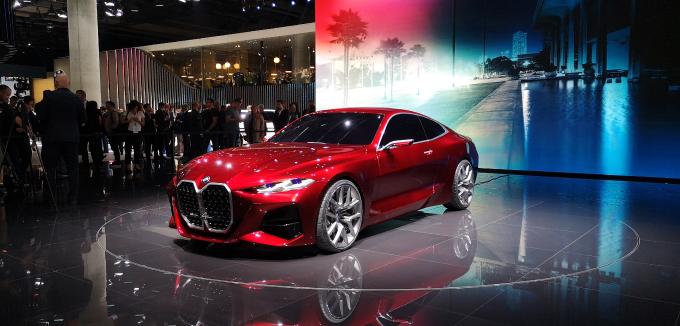The electric car BMW i3 will not get a successor. This has the marketing director of the manufacturer, Pieter Nota opposite the Financial Times announced. Instead, want BMW offer other models of the group as pure battery cars or plug-in hybrids.
“There is no concrete plan for an i3 successor,” Nota told The Financial Times. When exactly the i3 is set, however, he left open. BMW will also offer after the possible end of the i3 a purely electric car in the compact segment, a company spokesman said the SPIEGEL.
The electric car has been on the market since 2013 and has been refreshed only a few times since then, both visually and technically. Normally there is a model change at large manufacturers around every seven years – the i3 would be so next year. But BMW wants to continue to produce and sell the car only in its current form for several years.
i3 was ahead of the times
With the launch of the i3 in 2013, BMW was ahead of its time. BMW’s technology carrier for future e-mobility was the first model of the sub-brand BMW i founded three years earlier and initially had a purely electric range of 160 kilometers. The car was designed from the ground up as an electric car. In the interior BMW used sustainable materials such as wood or reed grass. The former price: 35,000 euros.
The i3 was also the first production car to feature a passenger compartment made of carbon fiber reinforced plastic. This should make the car lighter and the range maximized. An expensive endeavor, for which BMW had specially built a 700-million-euro factory in the United States. However, there were always problems with the complex production. BMW developed its own, expensive electronic architecture for the car, which no other vehicle in the Group uses. It gradually became clear that a larger range could be achieved by better, larger and increasingly cheaper batteries than by the ultra-light but cost-intensive body.
Also visually, the i3 seemed to have fallen out of time. The in relation to the vehicle length of four meters quite high body with extremely short bonnet deviated strongly from the typical BMW look and the usual vehicle shapes from other manufacturers.
The proportions were due to the two-part vehicle construction. The lower part of the vehicle with battery and chassis, the driver’s cab including drive technology and power electronics was placed on top. The low-rolling-resistance 20-inch narrow tires seemed to take some getting used to.
Sold 150,000 times
Because the carbon body is stiffer and sturdier than a conventional aluminum body, the i3 did not need a B-pillar. So there was no firm connection between vehicle floor and roof in the middle of the vehicle. This allowed the designers to realize the rear doors opening to the rear. Despite its exotic status, the i3 has sold around 150,000 since its market launch.
Until the final setting of the i3, BMW is now equipping its best-selling models with plug-in technology. “By the end of 2021 we want a total of one million electrified vehicles Oliver Zipse, chief executive officer at BMW now announces at the IAA in Frankfurt.
By 2023, 25 electrified models will be offered, more than half of them fully electric. With the Concept 4 study, BMW is now showing at the IAA in Frankfurt how BMW’s e-cars could look in the future. The all-electric coupe could come from 2021 as a BMW i4 on a new, uniform electric platform on the market.
Christian Frahm / SPIEGEL ONLINE
BMW Concept 4
BMW does not want to set the future drive types for its vehicles but not. Maybe the heir of the i3 will even be running on hydrogen in the future. The manufacturer also showed the fuel cell car “i Hydrogen Next” in Frankfurt. According to BMW CEO Oliver Zipse, it will be built from 2022 in a small series and from 2025 to be delivered in larger quantities to interested buyers.

